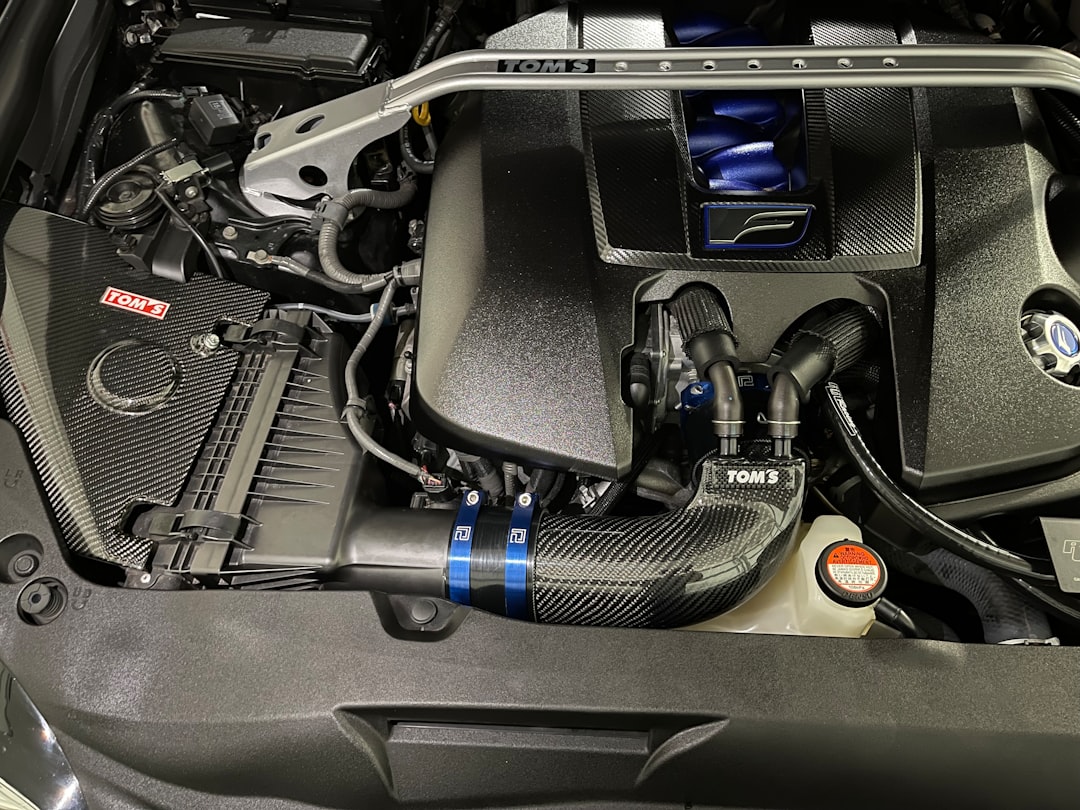What is it about?
This manuscript reports the structural characterisation of a purine nucleoside phosphorylase enzyme from a thermophilic bacterium, Geobacillus stearothermophilus, chosen for analysis because of its potential use in biocatalytic applications. The high-quality, high-resolution structure reveals that this enzyme adopts a very similar structure to enzymes of the same type from other organisms. A novel aspect of this work is the discovery of a very interesting phenomenon whereby part of the His-tag used in purifying the enzyme occupies the active site, with a tyrosine residue occupying the site where the purine base of substrates would sit. This is intriguing because not only does it make tag removal difficult, but it also makes the interpretation of ligand binding studies potentially misleading; a cautionary tale for the use of affinity-tagged proteins in solution studies.
Featured Image
Why is it important?
It serves as an interesting warning when working with proteins for biocatalytic applications that, even if they are active, the tag can still be impacting structure and function.
Read the Original
This page is a summary of: The structure of His-tagged Geobacillus stearothermophilus purine nucleoside phosphorylase reveals a `spanner in the works', Acta Crystallographica Section F Structural Biology Communications, November 2022, International Union of Crystallography,
DOI: 10.1107/s2053230x22011025.
You can read the full text:
Contributors
The following have contributed to this page










